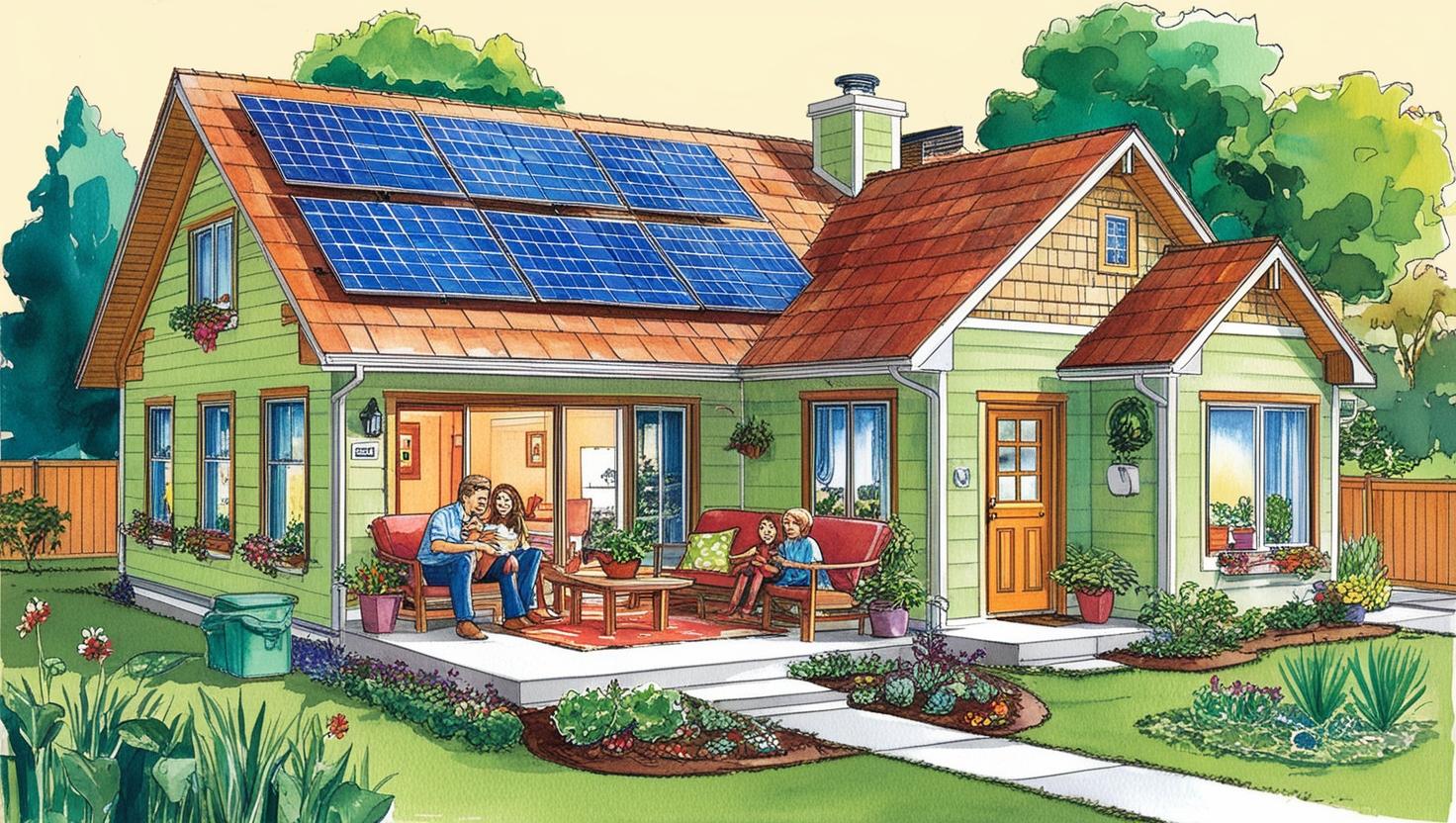As the world shifts toward sustainability, building codes are evolving to encourage the construction of greener homes. These codes set the framework for how buildings should be designed, constructed, and renovated to reduce their environmental impact.
Canada is leading the way in sustainable building practices. By 2030, all new buildings will be required to meet net-zero energy standards, meaning they must produce as much energy as they consume. This marks a major step toward reducing the carbon footprint of the housing sector, which accounts for a large portion of global emissions. But how does this affect you as a homeowner or builder?
The goal is simple: create homes that are energy-efficient, durable, and environmentally friendly. New building standards are making it easier to incorporate energy-saving features, like high-performance windows, insulation, and solar power systems. For homeowners, this means lower energy bills and a more comfortable living space.
The Canadian government is offering incentives to encourage these upgrades. The Canada Greener Homes Grant provides financial support for energy-efficient improvements like insulation, windows, and renewable energy systems. Homeowners can receive up to $5,000 for retrofits, making it more affordable to green their homes.
By keeping up with the latest building code changes and taking advantage of available incentives, homeowners and builders alike can contribute to a more sustainable future.

